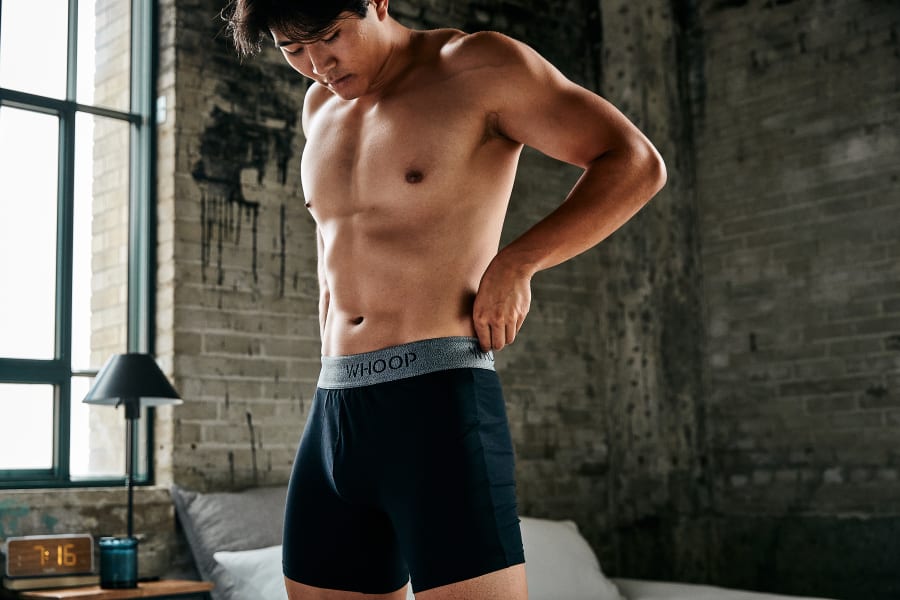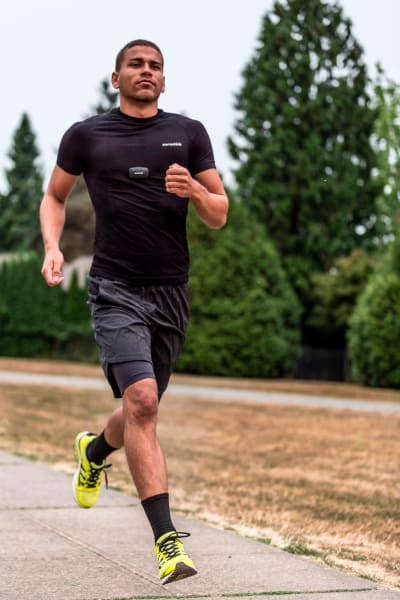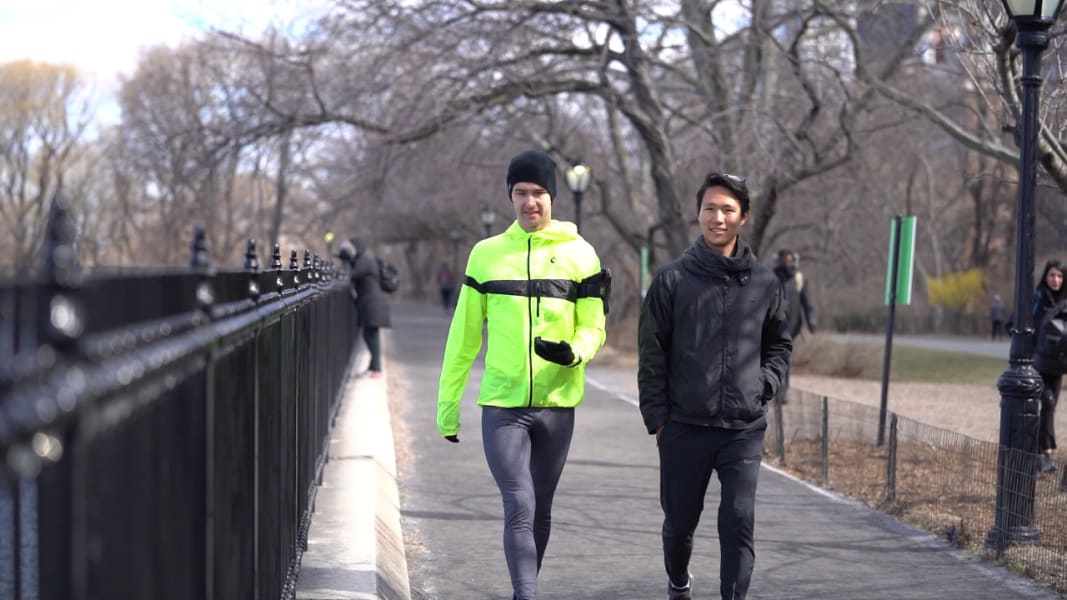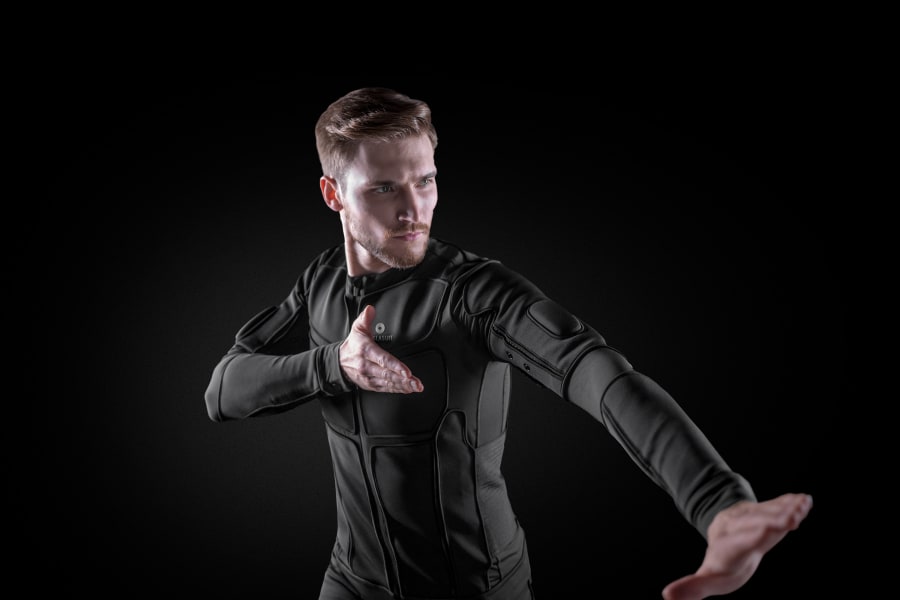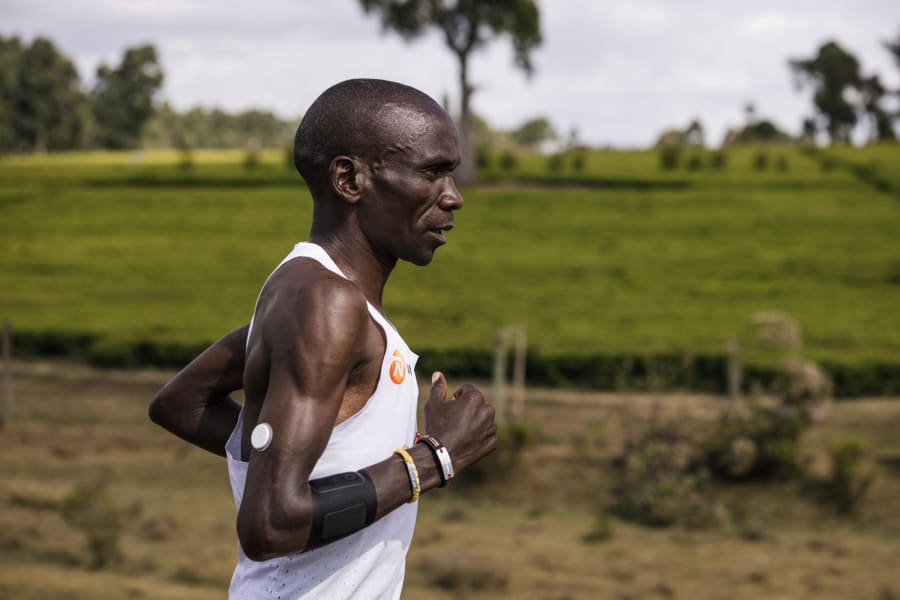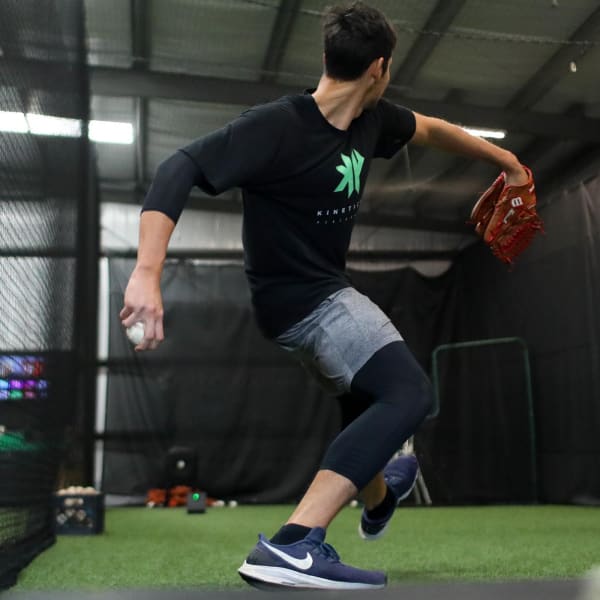Sport
How wearable tech is helping athletes reach the next level
By Nadia Leigh-Hewitson, CNN
Updated 1254 GMT (2054 HKT) January 26, 2022
Share
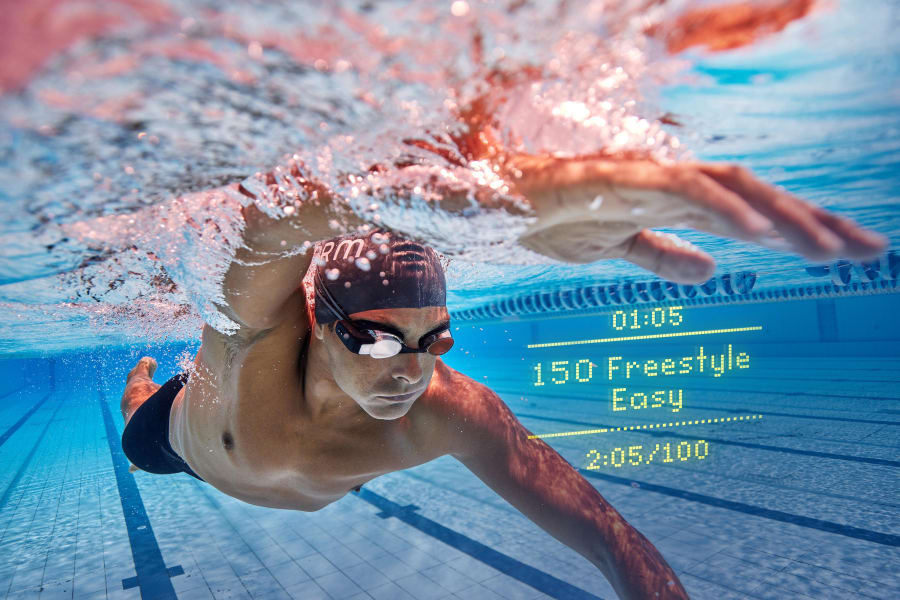

1 of 9
Athletes are increasingly using wearable tech to push the boundaries of human ability. FORM Smart Swim Goggles feature an augmented heads-up display and trackers that monitor a swimmer's performance in the pool. As well as displaying data through the goggles, it also sends data to the user's smartphone. FORM
TESLASUIT (not related to the car company) is a full-body haptic sensor monitoring suit and offers self-coaching methods during training. For example, the tech can send an electrical pulse to alert the user of poor technique in their baseball swing. TESLASUIT
Champion marathon runner Eliud Kipchoge uses Abbott Libre Sense technology, which monitors glucose in athletes through a sensor worn on the arm and sends the data to a phone app. NN Running Team
STATSports Apex Athlete series is a vest system that uses GPS to track and analyze performance. Designed with team field sports in mind, the tech is approved by FIFA and used in the English Premier League. STATSports
The Catapult system tracks players with a smart vest, monitoring pod and accompanying app. The vests are used by many teams in the English Premier League, and every NFL team in the US. Catapult
The Nextiles KineticPro Sleeve is designed for professional baseball pitchers to improve their pitching technique. Data is tracked by the Nextiles' smart thread in the sleeve and streamed in real-time via Bluetooth technology to a smartphone. Nextiles
WHOOP Body is a collection of smart garments from outerwear to intimates which all connect to a tracking and monitoring device. WHOOP
Sensoria smart socks track your speed, calories, altitude and distance as well as running technique. The socks use smart textiles and have a built-in pocket for a device that can measure foot landing technique and identify injury-prone running styles. Sensoria
Wayband is a device that uses super-precise GPS to direct the wearer with small vibrations, allowing those with visual impairments, like French paratriathlete Charles-Edouard Catherinee (pictured left), to run independently. WearWorks
